Processing industry emerges as Vietnam’s golden driver of export growth
Processing industry emerges as Vietnam’s golden driver of export growth
With export earnings nearing 150 billion USD, the processing industry accounted for nearly half of Vietnam’s total export value in the first eight months of 2025, solidifying its role as the “golden key” behind the nation’s export breakthrough.
Impressive figures
 |
|
Production activities at Destination Garment Co., Ltd. |
Vietnam’s foreign trade posted robust gains in August 2025, with total turnover hitting 83.06 billion USD, up 16% from a year earlier. Cumulative trade in the first eight months rose to 597.93 billion USD, marking a 16.3% increase and maintaining a consistent surplus.
Export revenue reached 306.4 billion USD, surpassing the growth targets set earlier this year. Monthly export value averaged 38.2 billion USD, with July and August alone exceeding 42 billion USD each, a historic high.
Two main groups have driven this momentum: agricultural and aquatic products, and processed industrial goods. Together, they serve as “golden pillars,” combining Vietnam’s natural strengths and traditional know-how with enterprises’ investment in technology and branding.
Agriculture and fisheries leverage natural strengths
Agriculture continues to shine, with coffee exports reaching 1.4 million tonnes worth 6.5 billion USD, reaffirming Vietnam’s position as the world’s largest robusta supplier.
Rice also stood out, maintaining rapid growth for consecutive months. Premium varieties like ST24 and ST25 not only boosted shipments of high-quality branded rice but also secured entry into demanding markets such as the US, EU, and Japan. This marked a key shift from simply selling rice to building a recognised national brand.
Aquatic product exports also performed well, with shrimp, crab, squid, and tra fish contributing to solid growth. These results highlight Vietnam’s ability to turn its natural advantages into competitive strengths.
Processing industry – the golden key
While agriculture and fisheries provide natural advantages, it is the processing industry that has emerged as the true “golden key” to Vietnam’s export success.
The Ministry of Industry and Trade's data showed that computers, electronics, and components brought in 66.9 billion USD; machinery 37.4 billion USD; textiles and garments 26.5 billion USD; and footwear 16.1 billion USD.
Particularly noteworthy, exports of plastics, toys, sport equipment, and parts surged 121.8% to around 5.5 billion USD, underlining both the diversity and vitality of the sector.
Enterprises are no longer confined to contract manufacturing but are increasingly moving up the global value chain with proprietary products tailored to high-end, eco-friendly consumer markets.
By capitalising on free trade agreements such as CPTPP, EVFTA, and RCEP, Vietnam has gained wider market access, tariff reductions, and improved competitiveness, reinforcing the sector’s growth.
Challenges alongside opportunities
Deputy Minister of Industry and Trade Nguyen Sinh Nhat Tan noted that while sustaining 12% annual export growth is already demanding, Vietnam achieved over 16% growth in the first eight months alone.
To maintain this momentum, the country must gain an average of 37.9 billion USD in monthly export turnover, an ambitious yet recently surpassed threshold.
Still, challenges persist. Agriculture struggles with fragmented production and inconsistent quality, while seafood exporters face tighter international standards on sustainability and traceability.
The processing industry, despite its rapid growth, remains heavily dependent on imported raw materials and thus vulnerable to global price volatility. Competition from major suppliers such as Thailand, Indonesia, and India adds further pressure.
To address these challenges, Vietnam is prioritising the development of national brands for key exports such as rice, coffee, seafood, and wood. Investments in logistics, cold storage, and supply chains are critical for reducing costs and strengthening competitiveness.
At the same time, green transition initiatives, ranging from eco-friendly standards and carbon reduction to compliance with EU, US, and Japanese requirements, will be essential for long-term resilience.
Developing high-quality human resources in governance, research, and design is also seen as a cornerstone for enabling Vietnam’s processing industries to ascend further in the global value chain.
The achievements in the first eight months not only highlighted a leap in export scale but also affirmed the momentum of Vietnam’s transformation. From rice, coffee, and seafood to textiles, footwear, electronics, machinery, and wood products, “Made in Vietnam” products have become increasingly competitive worldwide.
In the face of both opportunities and challenges, continued innovation and technological upgrading will be vital for Vietnam to fully unlock its potential, cement its role as a reliable global supplier, and advance toward sustainable development.
 Bắc Ninh
Bắc Ninh

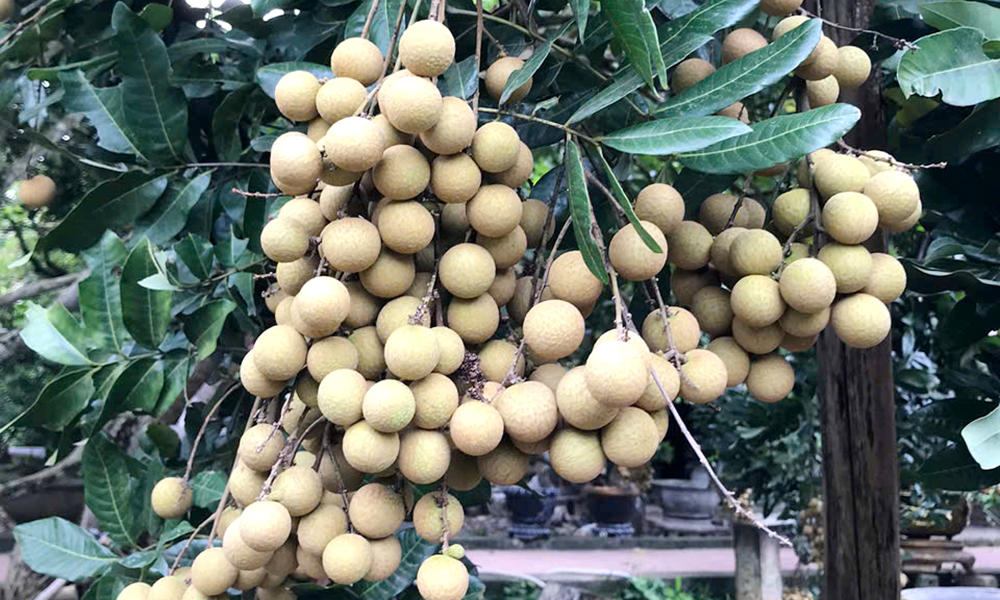
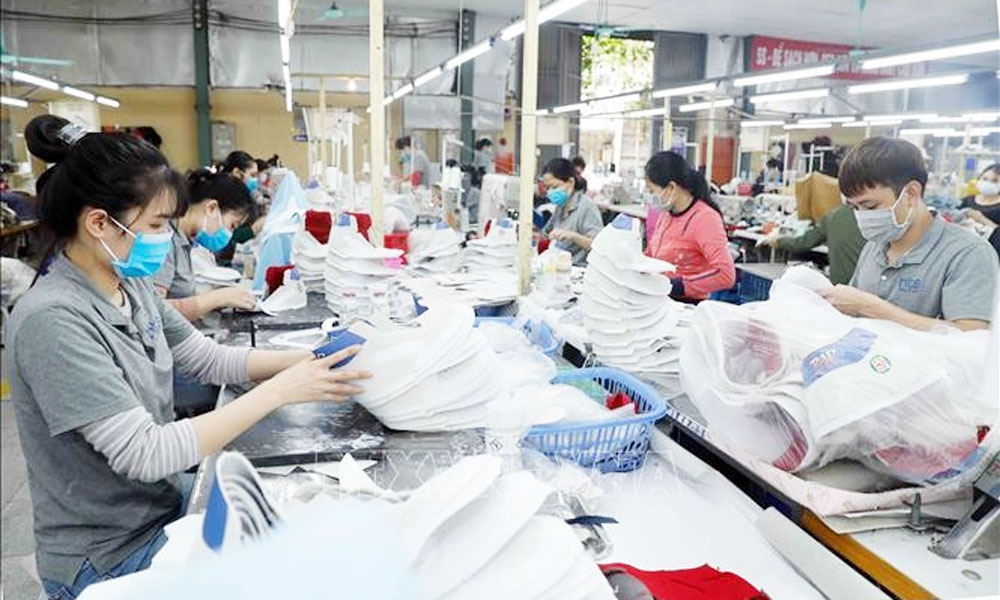
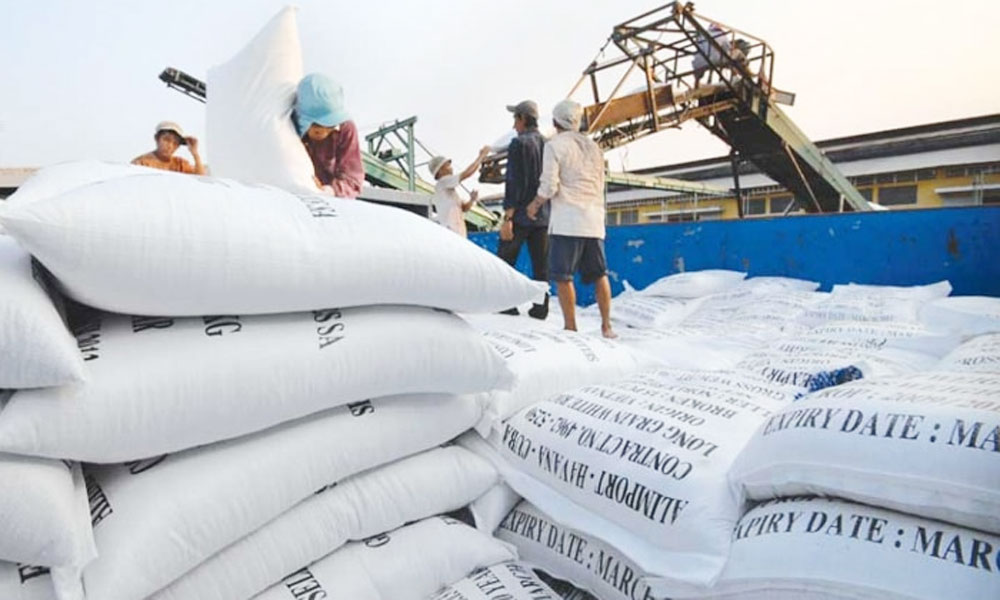
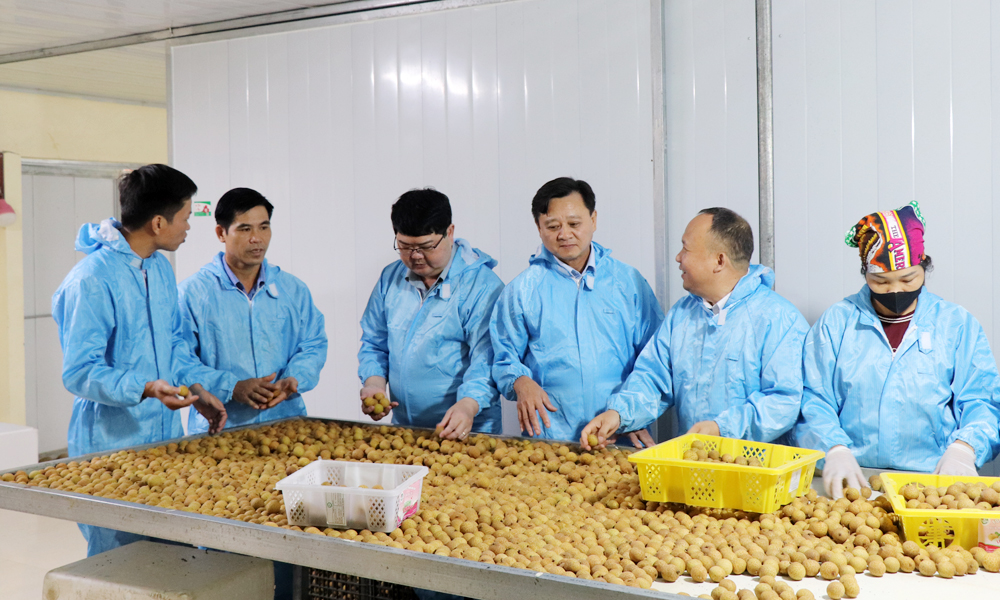


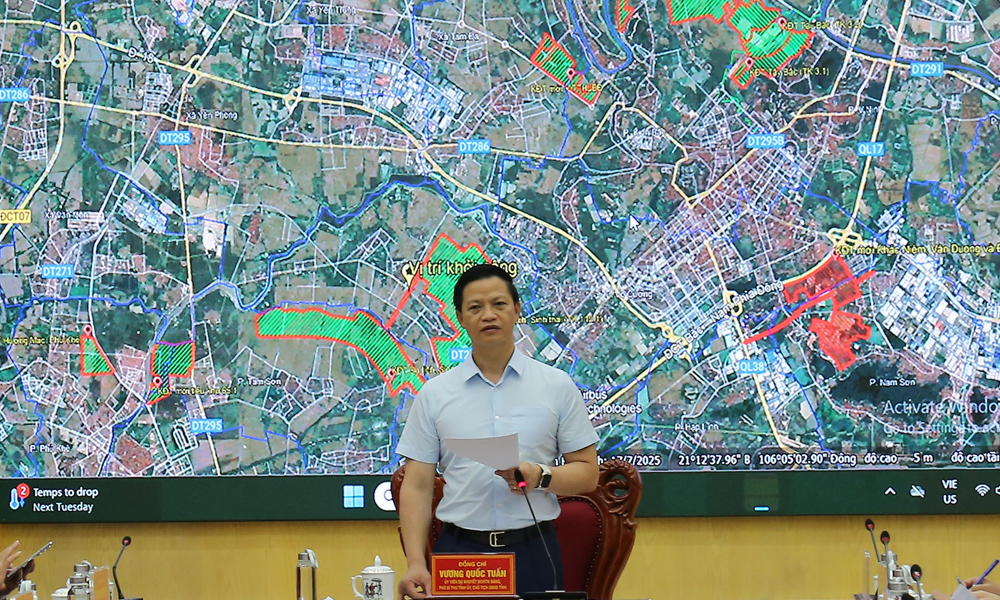
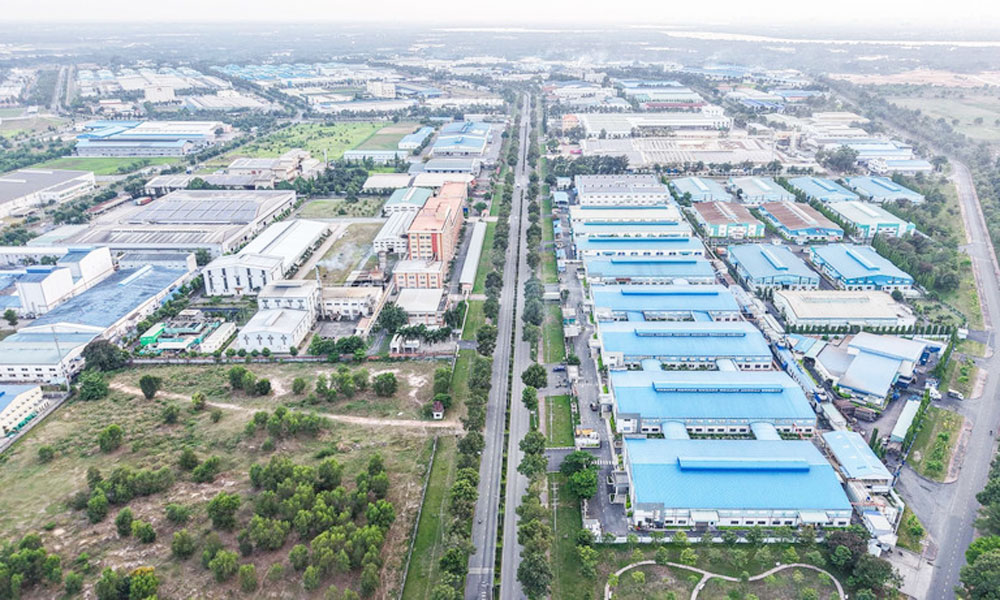
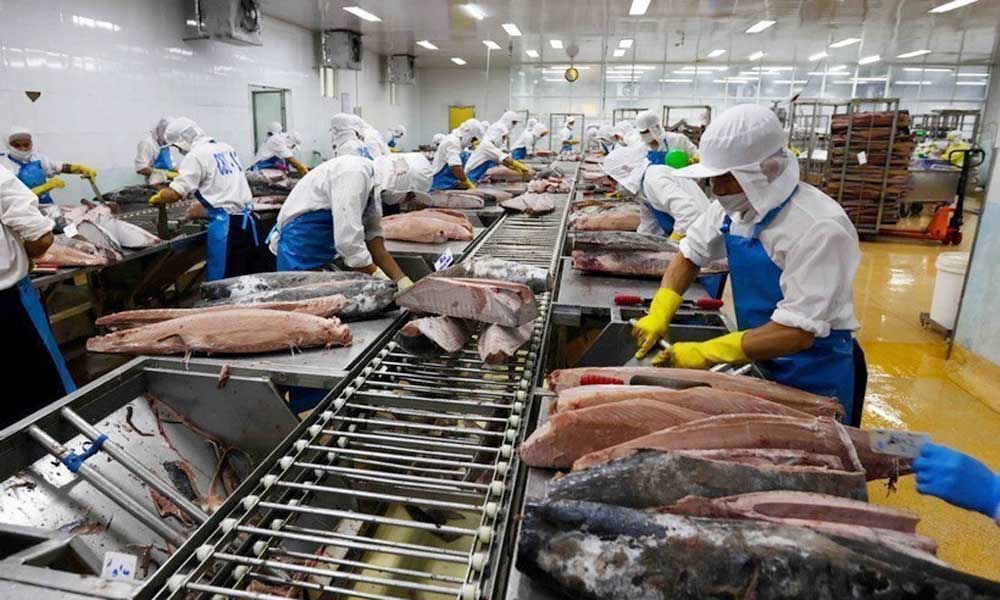
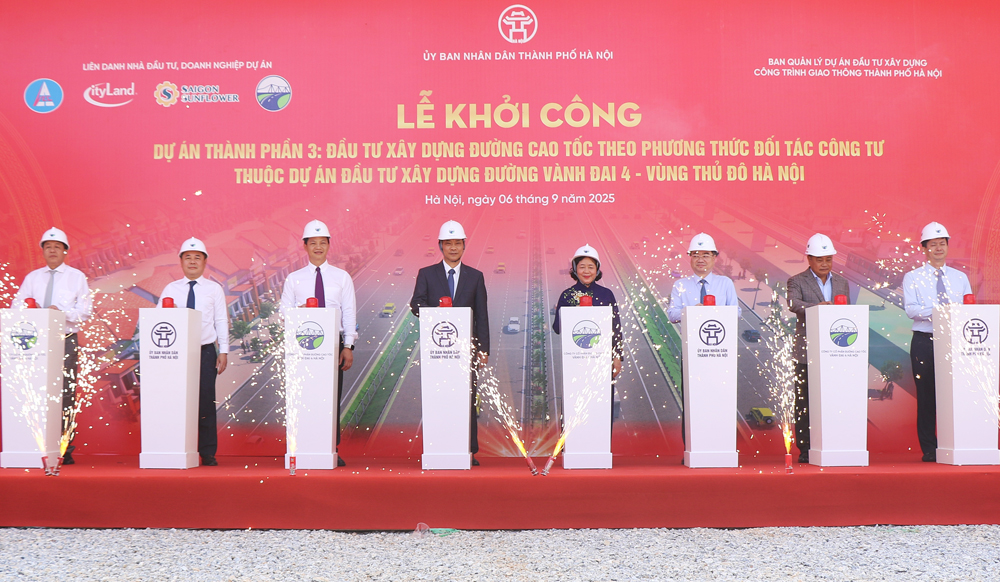

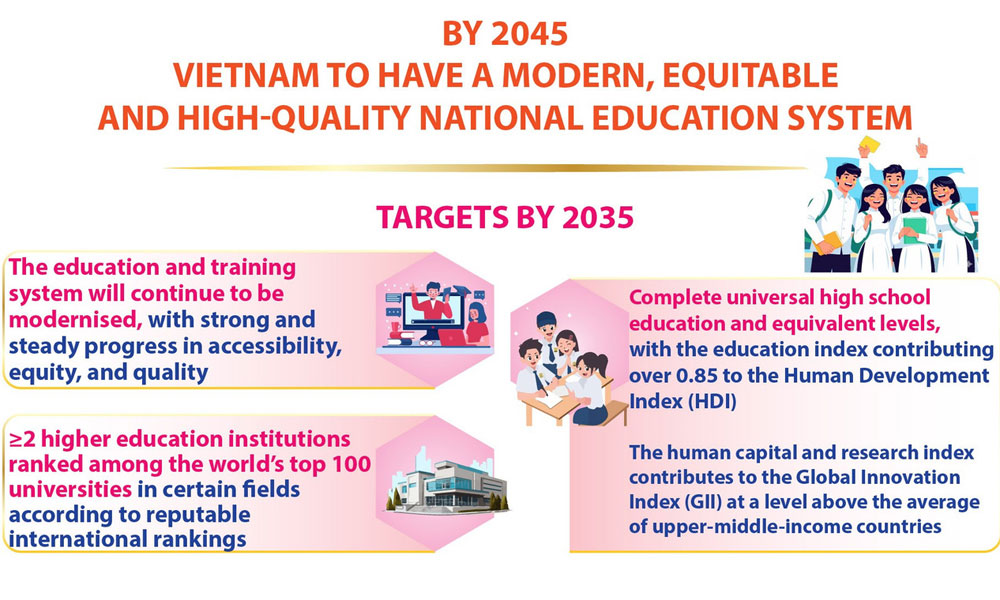

Reader's comments (0)